If you love spending time outdoors — whether it’s hiking, gardening, or simply relaxing in your backyard — it’s important to know which plants can cause you harm. One of the most notorious plants to watch out for in North America is poison ivy. This sneaky plant can trigger itchy, blistering rashes upon contact with your skin, thanks to an oily resin called urushiol.
The good news? With a little knowledge and careful observation, you can learn to spot poison ivy before it gets too close for comfort. In this guide, we’ll teach you how to safely identify poison ivy in all its forms, understand its characteristics, and offer essential tips to protect yourself and your family.
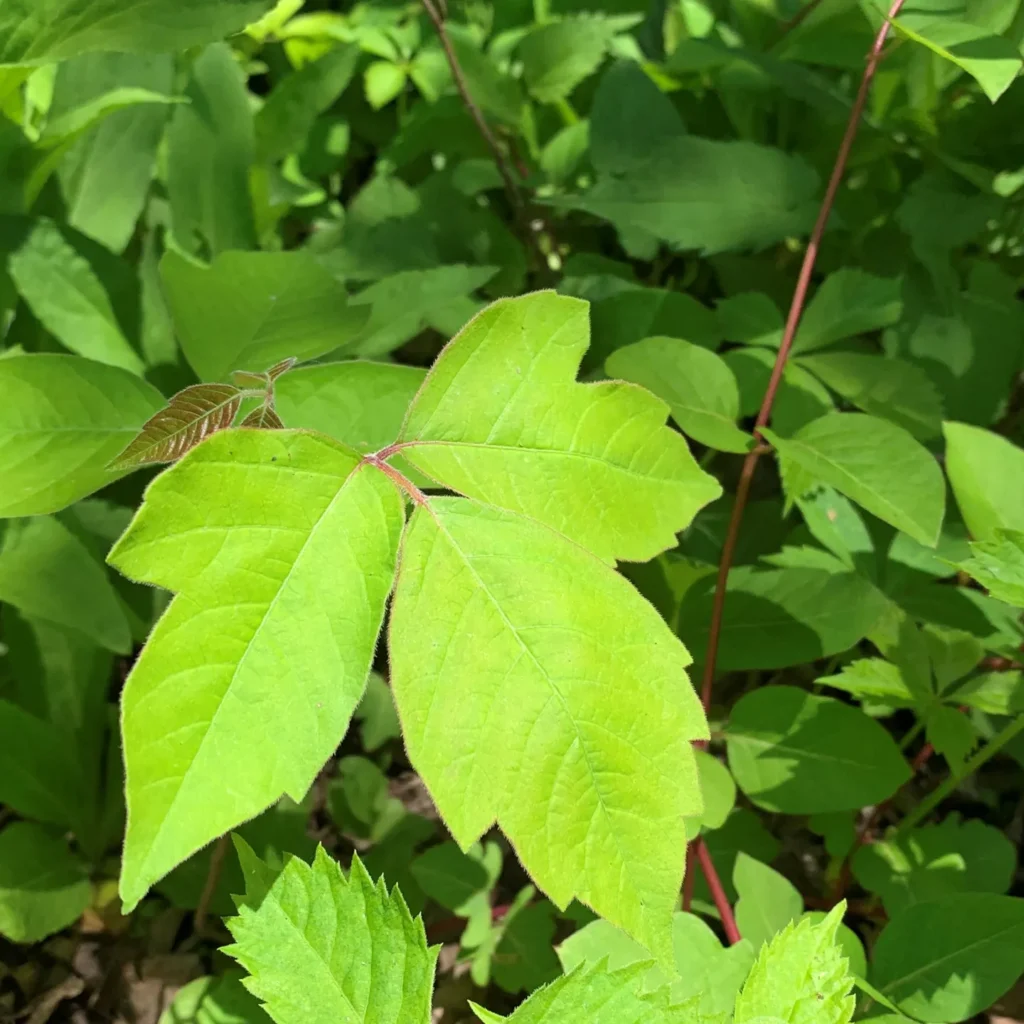
Why You Should Learn to Identify Poison Ivy
Poison ivy (Toxicodendron radicans) is a widespread plant found throughout much of the United States and southern Canada. Contact with any part of the plant — leaves, stems, or roots — can lead to an allergic reaction. Since urushiol can linger on tools, clothing, or pet fur, knowing how to avoid the plant is key.
Recognizing poison ivy can:
- Prevent painful skin reactions.
- Help you teach children how to stay safe outdoors.
- Allow you to manage or remove it from your property.
- Make hiking and gardening more enjoyable and stress-free.
The Famous Rule: “Leaves of Three, Let It Be”
The classic rhyme “Leaves of three, let it be” is the easiest way to remember the basic identifying feature of poison ivy. But there’s a little more to it than just counting leaves.
What to Look For:
- Each poison ivy leaf cluster consists of three leaflets.
- The middle leaflet has a longer stem than the two side leaflets.
- Leaf edges can be smooth, toothed, or slightly lobed, which sometimes causes confusion with other plants.
- Leaves are generally green in spring and summer and can turn red, orange, or yellow in the fall.
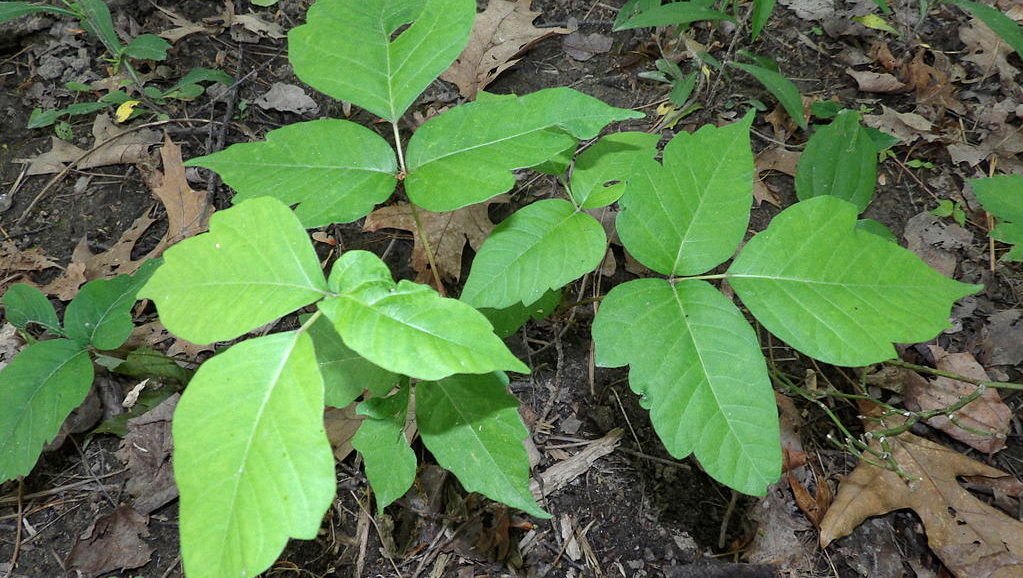
Forms of Poison Ivy: How It Grows
Another important aspect of identifying poison ivy is recognizing the different ways it grows in the wild.
Three Common Growth Forms:
- As a Groundcover: Low-growing clusters of leafy stems spread across the ground.
- As a Shrub: Upright, bushy growth, typically 1-4 feet tall.
- As a Climbing Vine: Attaches to trees, fences, and walls with hairy aerial roots. Vines are often thick, rope-like, and can remain in place year-round.
Note: The climbing variety is especially common in wooded areas and along hiking trails.
Seasonal Changes in Poison Ivy’s Appearance
Like many plants, poison ivy changes its appearance with the seasons — another important factor to help you identify it safely.
Spring:
- Bright green leaves emerge.
- Leaflets are soft, sometimes reddish at the tips.
- May have small greenish-white flowers.
Summer:
- Mature, deep green leaves.
- Leaf edges may appear glossy.
- Clusters of white or cream-colored berries form.
Fall:
- Leaves turn bright red, yellow, or orange.
- Berries persist into winter.
Winter:
- Leafless woody vines with hairy aerial roots.
- Old vines on trees can still cause rashes.
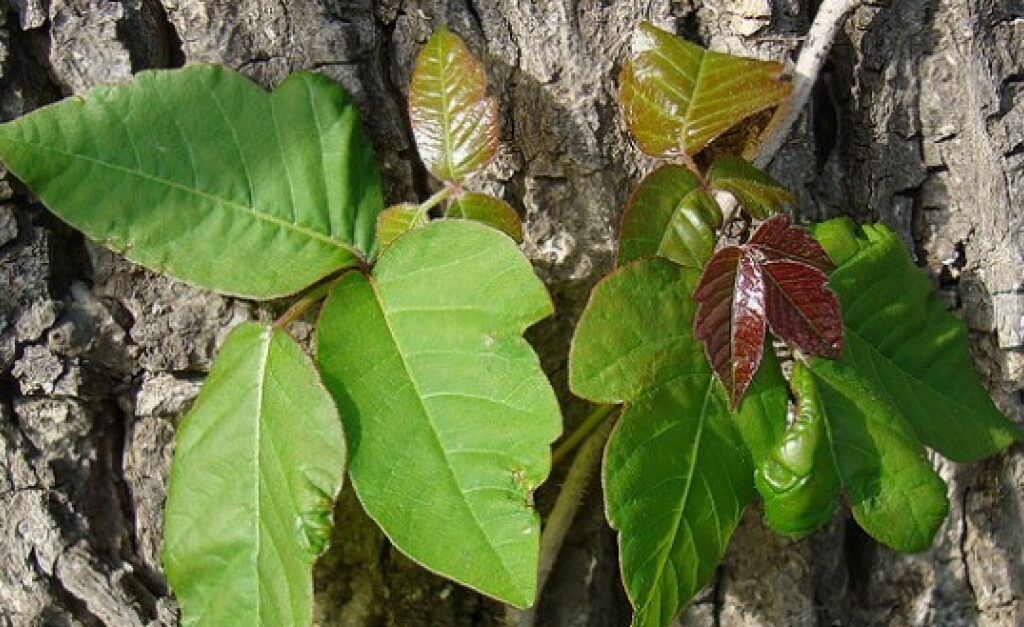
How to Differentiate Poison Ivy from Look-Alike Plants
Several other harmless plants can be mistaken for poison ivy. Here’s how to tell them apart:
Boxelder (Acer negundo):
- Leaves also grow in groups of three to five.
- The middle leaflet is not on a longer stem.
- Grows as a young tree or sapling.
Virginia Creeper (Parthenocissus quinquefolia):
- Usually has five leaflets.
- Vines can look similar but lack hairy aerial roots.
Raspberry/Blackberry Plants:
- Have thorns.
- Leaflets are usually toothed but noticeably rougher.
- Stems are spiny.
Always use caution if you’re unsure, and avoid touching any suspect plant directly.
Safe Identification Techniques
If you’re exploring a new area or trying to clear your garden, follow these guidelines for safe identification:
Observe from a Distance:
- Never touch a plant unless you’re certain of its identity.
- Use your eyes and, if needed, a stick or long object to inspect growth patterns.
Wear Protective Clothing:
- Long sleeves, gloves, and pants when working in wooded areas.
- Wash clothes and gloves after use.
Use a Plant Identification App:
- Several free and paid apps can help you identify poison ivy through photographs.
- Double-check identification with reliable online plant databases.
Check for Telltale Signs:
- Look for groups of three leaflets.
- Inspect for climbing vines with hairy roots.
- Note seasonal color changes or the presence of white berries.
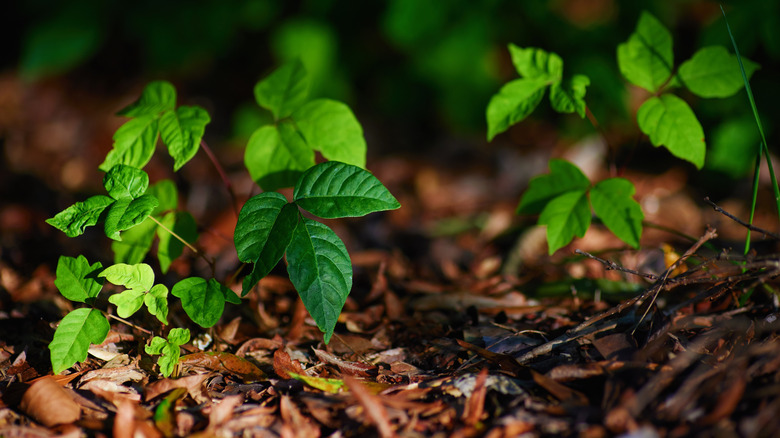
What to Do If You Come Into Contact
Even with the best precautions, accidental contact with poison ivy can happen. Here’s what to do:
Immediate Steps:
- Wash the area with soap and cool water as soon as possible — ideally within 30 minutes.
- Avoid touching other parts of your body or personal items before washing.
Decontaminate Clothing and Gear:
- Wash clothes, gloves, and tools in hot, soapy water.
- Urushiol can remain active for months on surfaces.
Treating a Rash:
- Use over-the-counter treatments like calamine lotion, hydrocortisone cream, or antihistamines.
- Take cool oatmeal baths to ease itching.
- See a doctor if the rash covers a large area, involves your face or eyes, or shows signs of infection.
How to Control or Remove Poison Ivy
If you discover poison ivy on your property, safe removal is essential.
Manual Removal:
- Wear gloves, long sleeves, and eye protection.
- Dig out the entire root system.
- Bag plant parts securely for disposal — never burn them (inhaling the smoke can cause severe lung irritation).
Chemical Control:
- Use herbicides containing glyphosate or triclopyr for spot treatment.
- Follow label directions carefully.
Note: Removal is easiest in early spring or late fall.
Final Tips for Poison Ivy Awareness
- Teach children the rhyme “Leaves of three, let it be” early on.
- Don’t rely solely on leaf shape — learn to recognize growth patterns, berries, and seasonal changes.
- Regularly inspect areas around your home, garden, and outdoor paths.
- Keep pets out of areas where poison ivy is present — urushiol can transfer from their fur to your skin.
Conclusion
Learning how to safely identify poison ivy is one of the smartest skills any outdoor lover or gardener can develop. This tricky plant is adaptable and changes throughout the year, making it important to stay alert and informed. By recognizing its classic three-leaf clusters, understanding how it grows, and knowing its seasonal appearances, you can confidently avoid painful encounters and keep your outdoor spaces enjoyable for everyone.
The next time you’re out for a walk or working in your yard, take a moment to observe the plants around you — and see if you can spot poison ivy from a safe distance. With knowledge, caution, and preparation, you’ll be able to coexist safely with nature’s wilder side.

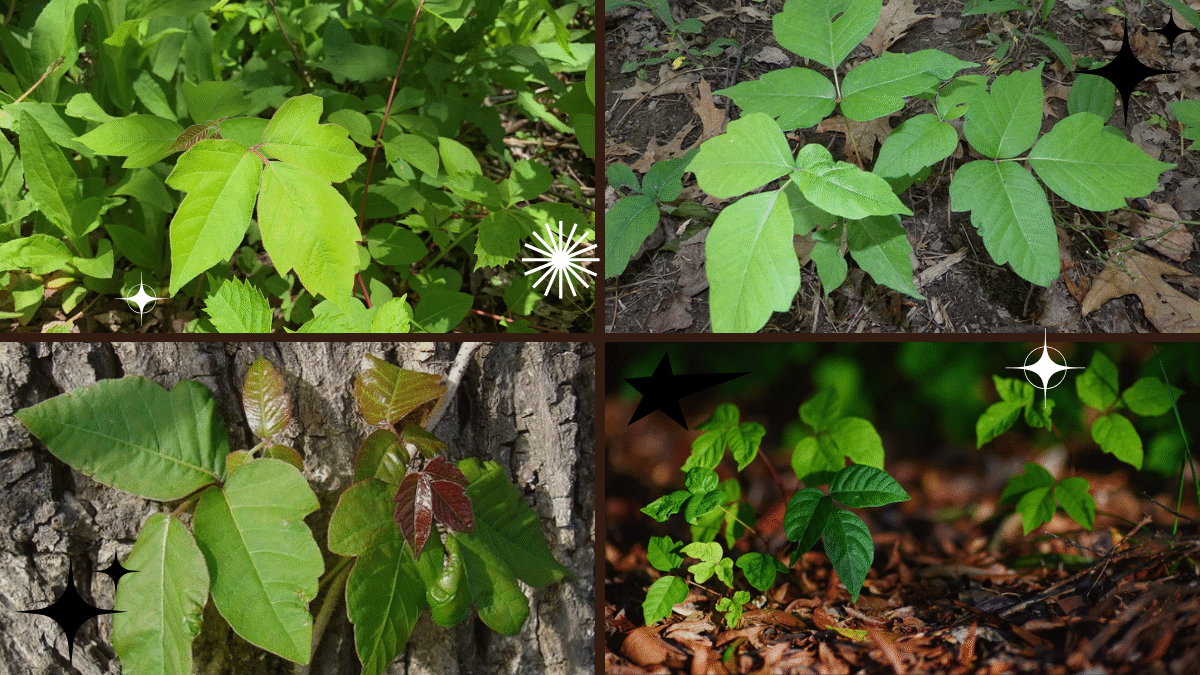



Leave A Comment